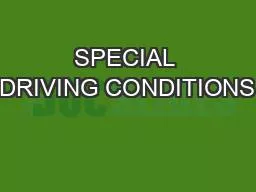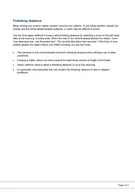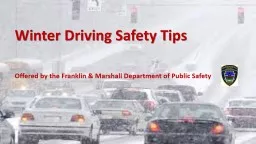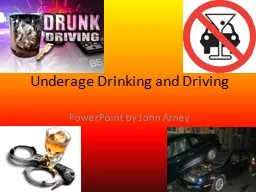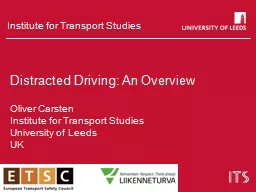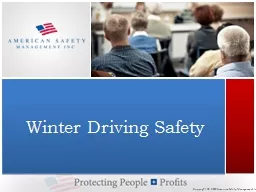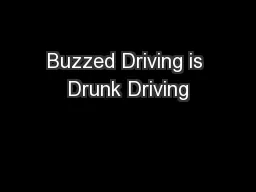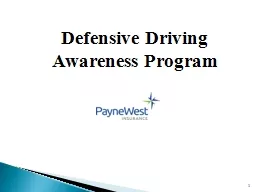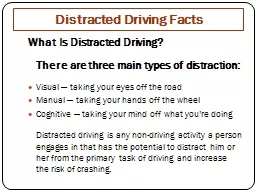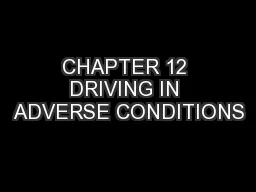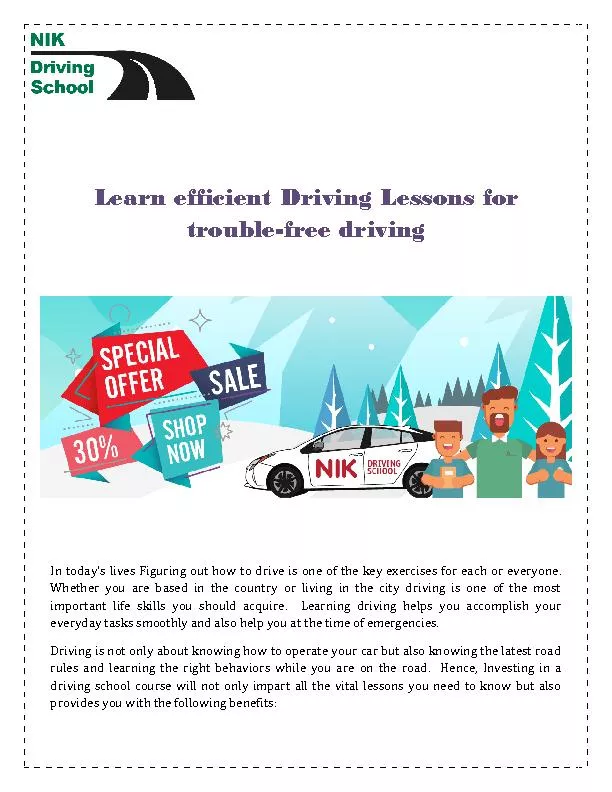PPT-SPECIAL DRIVING CONDITIONS
Author : elitered | Published Date : 2020-06-26
Adverse Weather Special Driving Conditions Lesson 1 Adverse Weather Drivers should review the weather forecast before each days trip Expectation is less stressful
Presentation Embed Code
Download Presentation
Download Presentation The PPT/PDF document "SPECIAL DRIVING CONDITIONS" is the property of its rightful owner. Permission is granted to download and print the materials on this website for personal, non-commercial use only, and to display it on your personal computer provided you do not modify the materials and that you retain all copyright notices contained in the materials. By downloading content from our website, you accept the terms of this agreement.
SPECIAL DRIVING CONDITIONS: Transcript
Download Rules Of Document
"SPECIAL DRIVING CONDITIONS"The content belongs to its owner. You may download and print it for personal use, without modification, and keep all copyright notices. By downloading, you agree to these terms.
Related Documents

